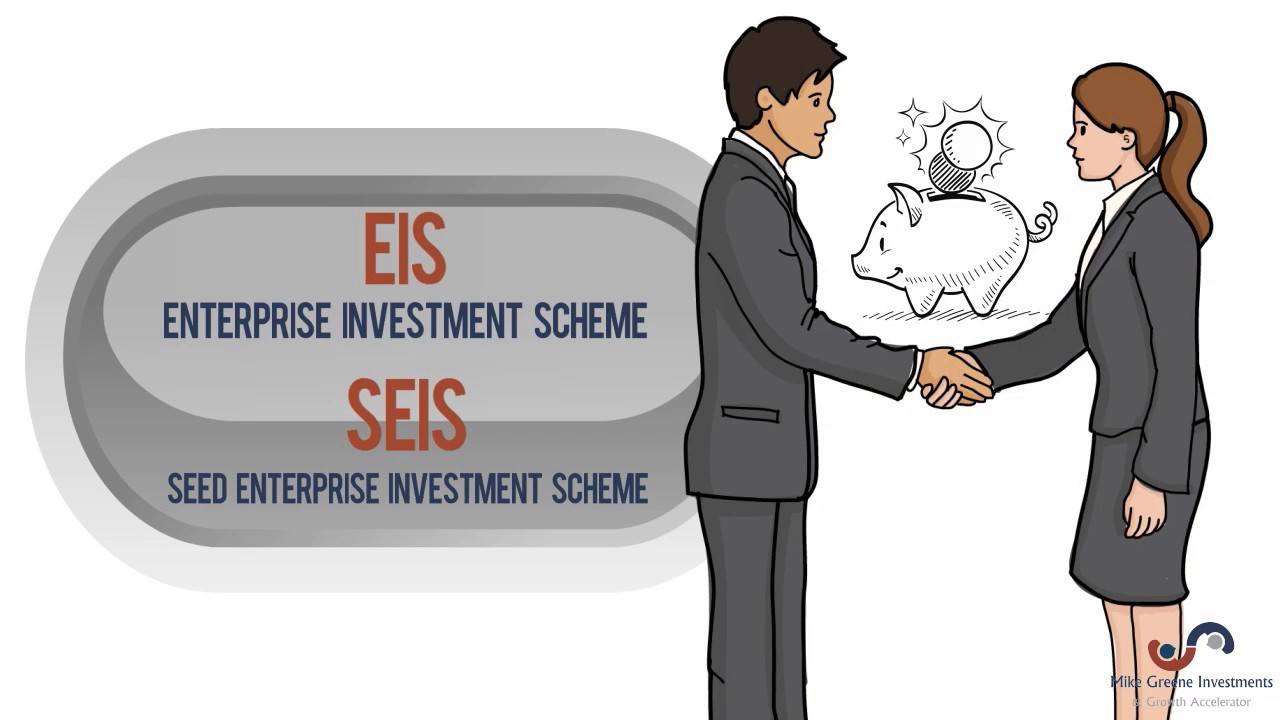
SEIS & EIS funds are getting popular among investors, but few people are aware of them outside of those with a financial adviser. Let’s dive in to find out all the details!
UK government schemes, the Enterprise Investment Scheme (EIS) and Seed Enterprise Investment Scheme (SEIS), were both created to help startups and smaller trading companies gain investment by extending attractive tax reliefs to investors who choose to opt for new shares in the companies.
The SEIS is for the beginning stage start-up and smaller firms, and the EIS is for somewhat more extensive, scale-up companies that require further investment to flourish. For new shares to qualify for EIS or SEIS benefits, several conditions must be met concerning the company, the shares, and the investor.
What is SEIS?
SEIS is centred on very early-stage businesses and enables an investor to invest up to£100,000 per tax year and receive a 50% tax break in return. The investor will also serve from a Capital Gains Tax (CGT) exemption on any gains that arise after three years, from the sale of shares.
SEIS Requirements
- The start-up must be based in the UK or have a permanent establishment in the UK.
- It must be fewer than two years old.
- It should have fewer than £200,000 in assets.
- It should own more than 50% of any subsidiary, and any other company cannot control the subsidiary.
- Qualifying companies will be able to raise up to £150,000 under the scheme, and those funds must be utilised within three years.
Besides that, the company must not:
- Be listed on any stock exchange (recognised)
- House more than 25 members of staff
- Trade-in is one of the scheme’s “excluded activities.”
- Be led by a different company or a person
- Be in association with any other company
- Use the funds invested for payment of dividends to shareholders
- Control any firm that is not a qualifying subsidiary
What is EIS?
Compared to SEIS, EIS centres on medium-sized businesses. It enables an investor to invest up to £1 million per tax year and obtain a 30% tax break as a return.
EIS Requirements
- The firm must have fewer than 250 employees (full-time), especially at the time of the share issue.
- The business can only raise a maximum of £12 million in the company’s lifetime and up to £5 million each year.
- Within 2 years of the shares being issued, the firm must employ the money raised by the shares for trade or research and development
In addition, the company must not be
- Listed on a stock exchange (recognised).
- Control another company that is not a qualified subsidiary. The company can have subsidiaries, but it must own more than 50% of the subsidiary, and another company cannot control the subsidiary.
- Controlled by any other company.
- Have gross assets exceeding £15 million directly before any share issue and £16 million immediately after that issue.
- Trade in the scheme’s “excluded activities”. A business may have some excluded activities, but they must constitute no more than 20% of the company’s total activities.
SEIS vs. EIS: Difference
Investing in startups is usually seen as riskier than purchasing shares in more prominent well-known companies. However, the potential upside of startups is far greater.
These two are initiatives of the UK government that support innovation by granting private investors a primary tax break while investing in early-stage companies. Both the schemes are similar, and they are often adequately referred to as ‘sister schemes’ but differ in critical ways.
How to qualify for SEIS and EIS investment?
To accept SEIS or EIS investment, the funds raised must be utilized for qualifying business activity. They must be used exclusively to encourage the development and growth of the company, such as developing the product or marketing or hiring new employees.
Why do investors like SEIS/EIS?
For experienced investors, the main appeal is the opportunity to invest in the freshest and most compelling businesses with the attached benefit of tax relief. There is no inheritance tax to pay on shares held for at least two years with both EIS and SEIS, and the investor may offset the loss against their CGT if shares are eventually sold at a loss. Tax relief is also unusually appealing in the UK as taxes are at a historic high. As well as this, the potential gains to be had from a successful startup are far greater than traditional shares, as investors get to buy in at such an early stage.
SEIS and EIS are financial vehicles for startups to receive investment at an early stage, the tax wrappers offered by the UK government enable investors to reduce any potential losses to encourage the amount of money obtainable to these new companies.
How to invest in SEIS/EIS?
If you are looking to invest in exciting new startups, there are SEIS & EIS funds. These typically have an investment portfolio consisting of numerous startups, so you don’t have to spend hours researching and picking them individually… Being experienced in the field, they can help you with your wealth of knowledge and due diligence.
Whether you choose to reach out to professionals or do it on your own, you should definitely consider investing in SEIS & EIS and back the new companies of tomorrow…